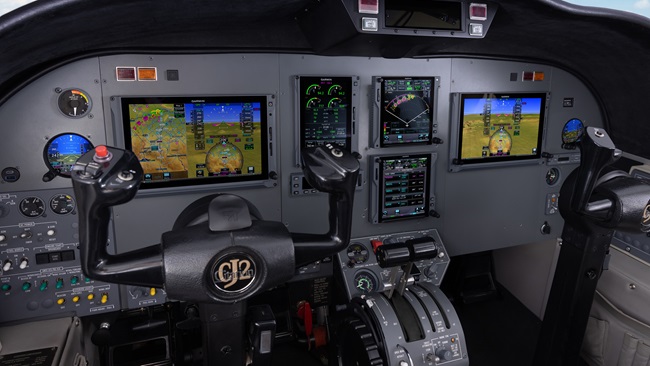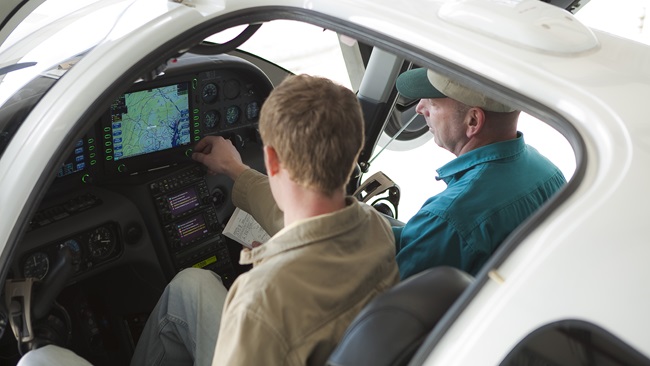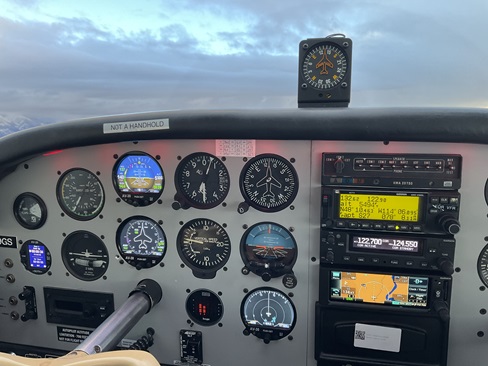
This month, we look at Rockwell Collins’ new Pro Line Fusion Touch avionics suite. It’s a great new interactive system, making the pilot capable of carrying out a multitude of tasks—just by touching its display screens. It promises to rejuvenate the King Air 350i, 250, and C90GTx. But it made me wonder: what are the downsides?
Just the same ones that come with every other avionics suite to come down the pike in the last 15 years or so. I mean, what if the thing experiences some mean failure modes or, worse, quits altogether? I’m not singling out the Pro Line system. You could say the same thing about Garmin’s G1000 or any of the other large-display, feature-rich integrated systems.
There’s always been a lot of emphasis on what seems to be a growing overdependence on automated flight, and how it affects the quality of our airmanship. There is no question that autoflight systems make for less workload, and thus safer and smoother flights. Or that moving maps have made situational awareness much easier. This is especially true when it comes to single-pilot operations in turbine aircraft. We’re told to engage the autopilot right after takeoff at, say, 600 feet agl, and let it do the work until we have the destination runway in sight. That’s fine, unless there’s a problem and you’re suddenly staring at big red Xs on your screens. Then it’s time to hand-fly, regroup, and rely on secondary sources of flight and navigation information—sources that aren’t nearly as advanced.
So here’s my vote for more hand-flying and partial-panel practice in airplanes with the latest and greatest in avionics. I know that some pilots make sure they hand-fly complicated procedures every once in a while, and that’s a great idea. Ditto practicing your situational-awareness skills without the luxury of seeing your position on the multifunction display. Anyone who has earned a flight instructor certificate ought to remember that two of the prime elements in retaining knowledge are repetition and recency. In less academic terms, “use it or lose it.” —Thomas A. Horne, Turbine Pilot Editor
Into the sunset
Cessna P210 Silver Eagle Conversion
Where: Sonoma County, California
Photographer: Mike Fizer



